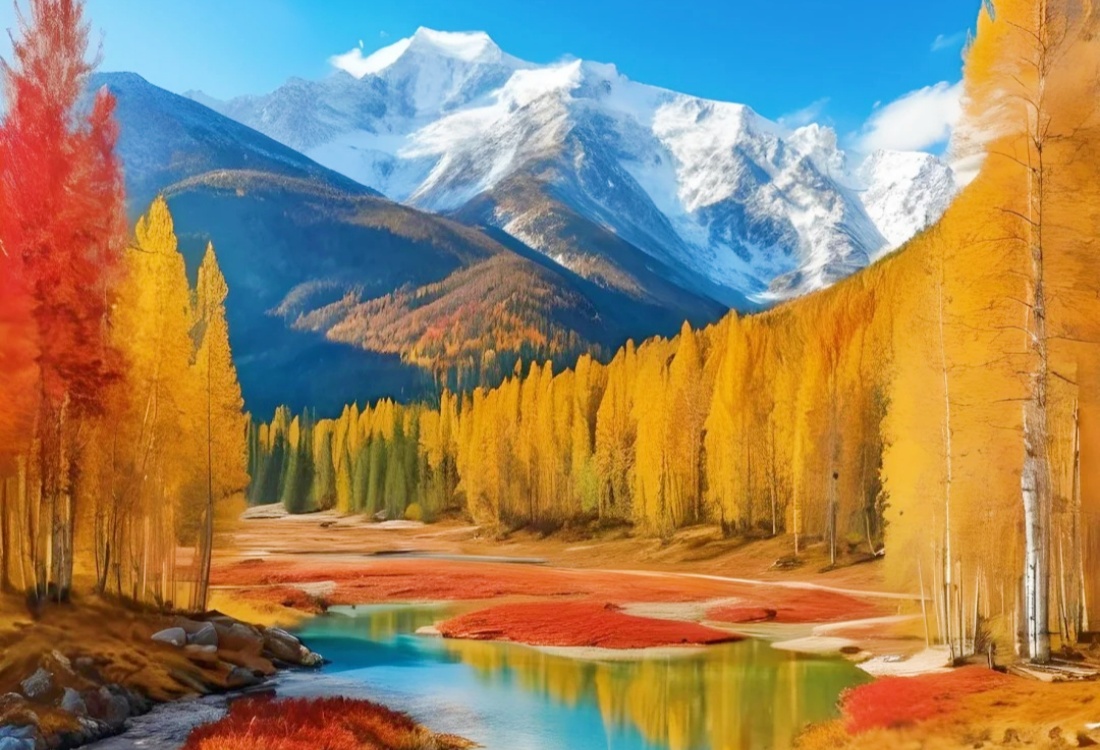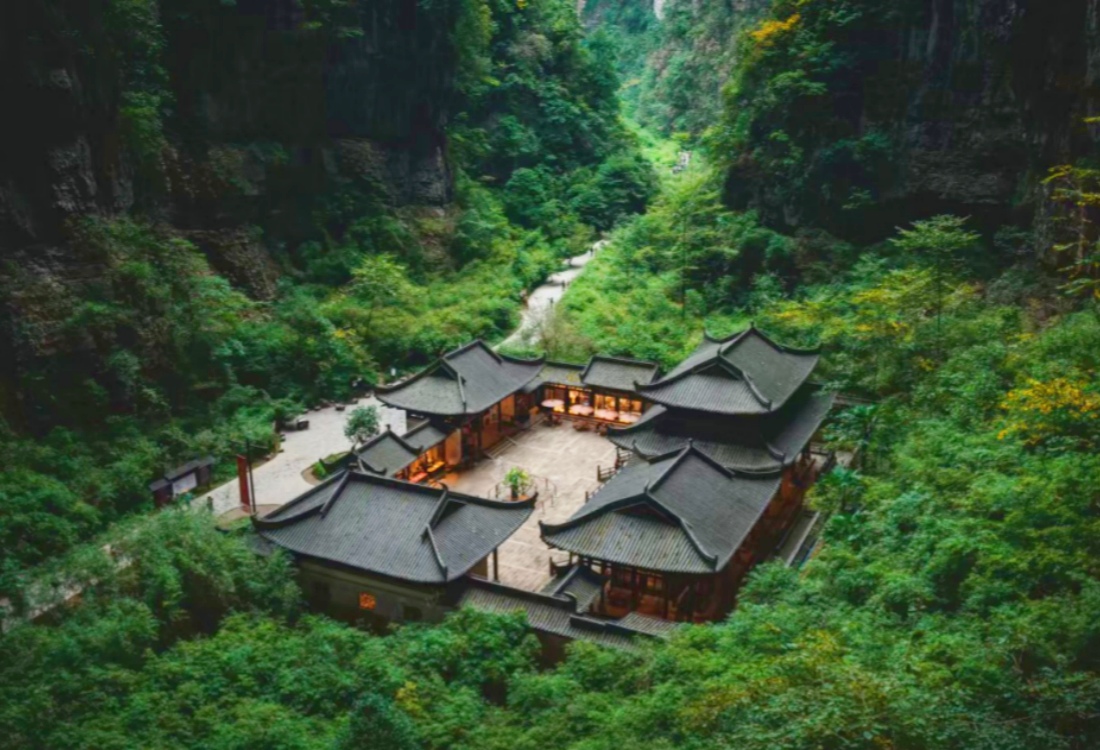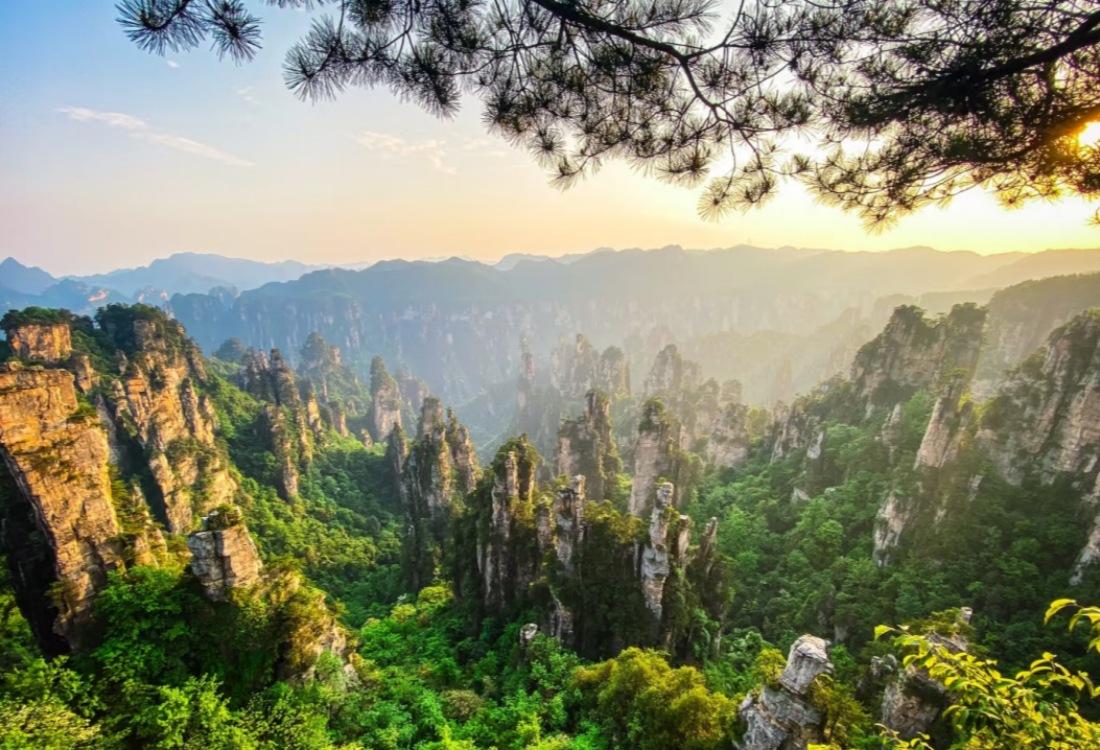Table of Contents
ToggleXinjiang, the vast and culturally rich region in northwestern China, is a land of dramatic landscapes, ancient Silk Road cities, and unique ethnic traditions.
Autumn is one of the best seasons to explore Xinjiang, when the summer heat fades and the region transforms into a canvas of golden poplar forests, snow-dusted mountains, and vibrant local festivals. With crisp air, clear skies, and abundant seasonal produce, this is the ideal time to uncover the hidden gems and iconic sights of China’s largest province.
Here’s your expert guide to the best places to visit in Xinjiang during autumn.

What’s Autumn Weather Like in Xinjiang?
Autumn in Xinjiang (September to November) is characterised by sunny days, cool nights, and low humidity — a welcome change from the intense summer heat. In northern Xinjiang, temperatures range between 10°C to 20°C (50°F to 68°F), while southern regions like Kashgar and Hotan remain slightly warmer. The air is crisp and fresh, making outdoor exploration ideal, whether you're trekking in the Tianshan Mountains or wandering through ancient desert towns.

What to Wear and Pack for Autumn in Xinjiang
In autumn, Xinjiang experiences crisp air, warm days, and chilly nights, especially in desert and mountain regions. Pack layered clothing—light jumpers, long-sleeve shirts, and a windproof jacket. Bring comfortable walking shoes, a hat, and sunglasses for sun protection. Moisturiser and lip balm are essential due to dry air. If visiting areas like Kanas or the Tianshan Mountains, pack thermal layers and a scarf. A small daypack is useful for day trips and scenic hikes.
Top Attractions to Visit in Xinjiang in Autumn
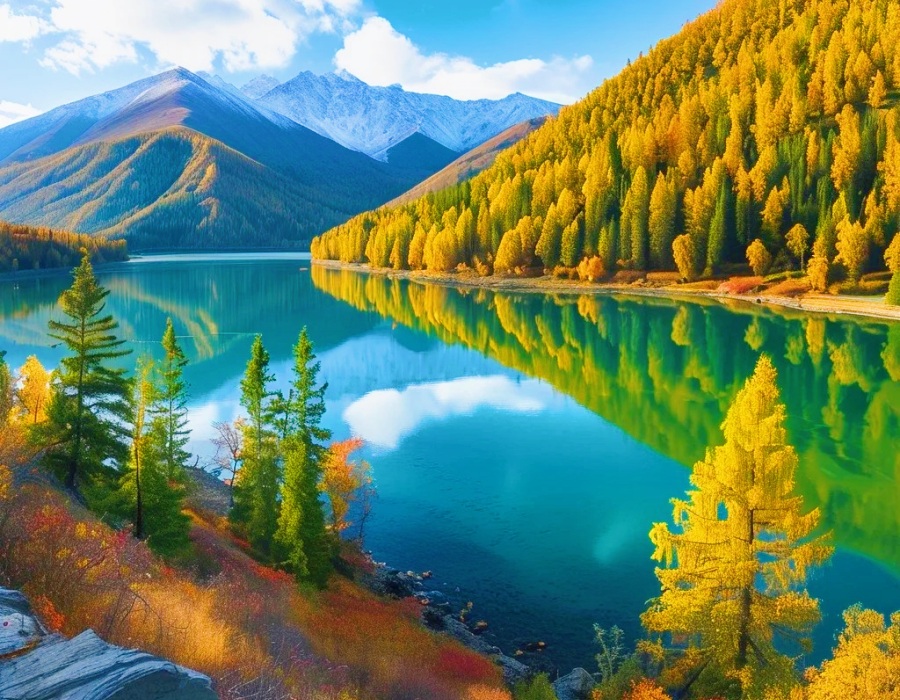
Kanas Lake: A Golden Paradise in Northern Xinjiang
Kanas Lake, located in Altay Prefecture near the borders of Russia, Mongolia, and Kazakhstan, is arguably the most beautiful autumn destination in Xinjiang. By late September, the surrounding forests of birch and poplar turn brilliant shades of gold and amber, creating a surreal reflection in the turquoise lake. The air is cool and refreshing, ideal for hiking through the nearby valleys or visiting the scenic Hemu Village, home to the ethnic Tuwa people. Autumn also marks the migration season for birds, making Kanas a great spot for nature lovers and photographers.
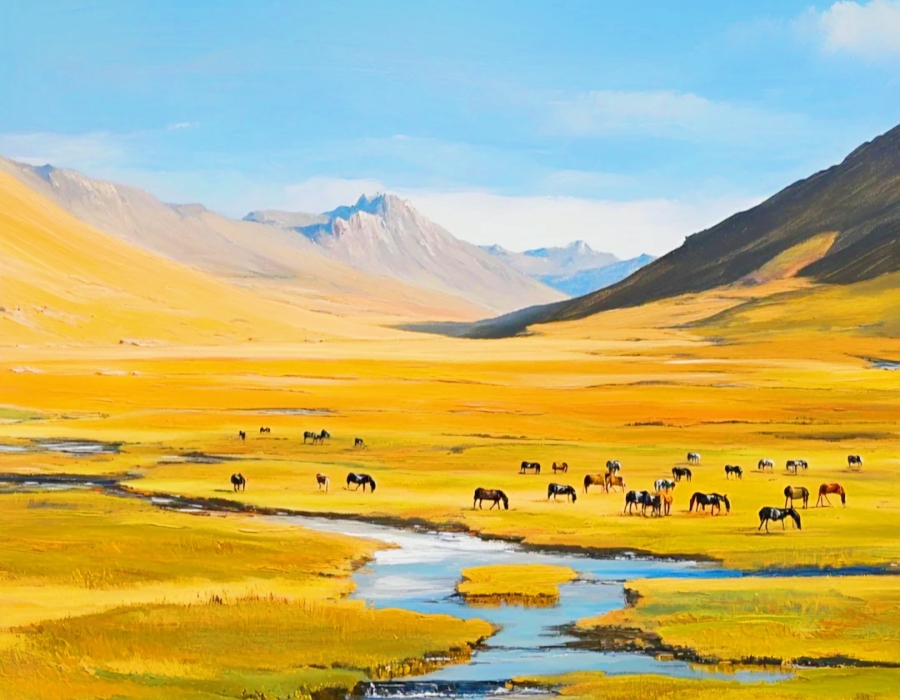
Nalati Grassland: Autumn Colours on the Tianshan Foothills
The Nalati Grassland, nestled in the Ili Kazakh Autonomous Prefecture, is famed for its wide alpine meadows, snow-capped peaks, and vast open skies. While summer showcases wildflowers in bloom, autumn brings warm golden tones to the rolling grasslands and forests. The surrounding Tianshan Mountains are often dusted with early snow, creating a stunning contrast with the golden valleys below. It's a fantastic time for horseback riding, cultural experiences with local Kazakh herders, and capturing the natural beauty of Xinjiang in transition.

Turpan: Autumn Harvests and Ancient Civilisations
Turpan, one of the lowest and hottest places on Earth, becomes far more comfortable in autumn, with mild temperatures and clear skies. This season is ideal for exploring the region’s historical treasures such as the ancient city of Jiaohe, the Bezeklik Thousand Buddha Caves, and the Flaming Mountains. It’s also the peak of the grape harvest season. Visit the Grape Valley to sample fresh raisins, melons, and wines, and witness traditional Uyghur drying techniques. The autumn light brings a special warmth to the adobe ruins and desert landscapes, making it perfect for photography.

Kashgar: Autumn Bazaars and Old Silk Road Charm
Kashgar, the historic oasis city at the western edge of China, is particularly atmospheric in autumn. The weather is pleasant and dry, and the city’s ancient alleyways and mosques are framed by golden poplar trees. Don’t miss the Sunday Bazaar, one of the largest and most vibrant markets in Central Asia, where you can find everything from local handicrafts to spices and livestock. Visit the Id Kah Mosque, stroll through the Old Town, and venture out to the nearby Karakul Lake, which is even more striking under the clear autumn skies and flanked by snow-tipped peaks.
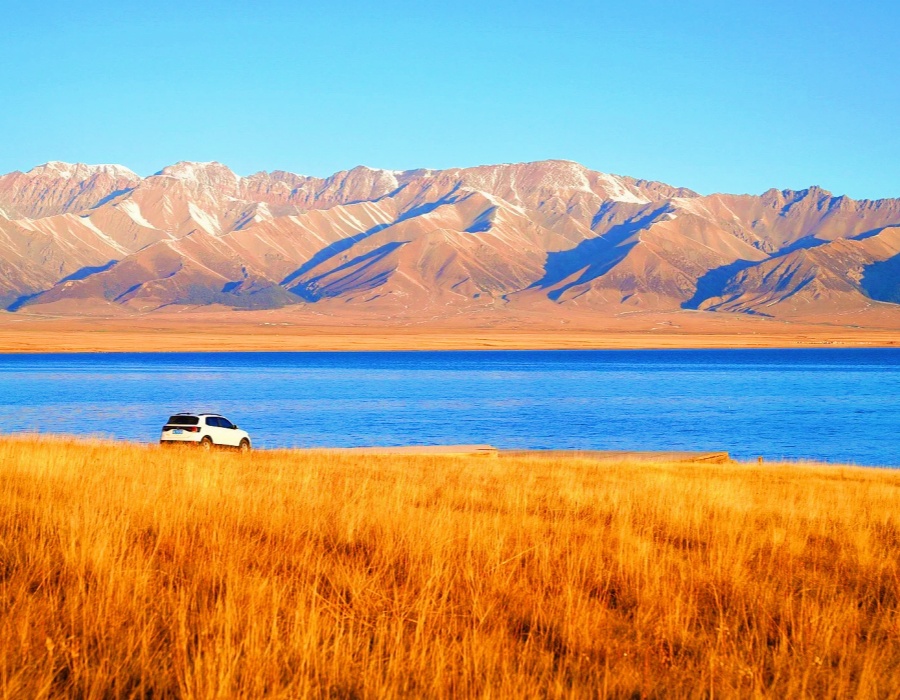
Sayram Lake: Mirror of the Sky in Autumn
Sayram Lake, located in the Bortala Mongol Autonomous Prefecture, is often called the “Last Tear of the Atlantic” due to its ancient geological origin. In autumn, the lake's surroundings burst into colour, with golden grasslands, red shrubs, and the deep blue waters forming a picturesque palette. The area is rich with Kazakh culture, and visitors can stay in traditional yurts or explore by horseback. With fewer tourists in autumn, Sayram offers a peaceful, reflective experience, ideal for nature lovers and those seeking solitude.
Things to Keep in Mind When Visiting Xinjiang in Autumn
Pack for All Conditions
While days can be sunny and warm, mornings and evenings are often chilly, especially in mountainous areas. Bring layered clothing, a warm jacket, and comfortable walking shoes.
Respect Local Customs
Xinjiang is home to diverse ethnic groups, including Uyghur, Kazakh, Hui, and Tajik peoples. Always be respectful of local traditions and dress modestly when visiting mosques or rural villages.
Book in Advance
Autumn is a popular season for both domestic and international travellers. Book transportation and accommodation early, especially in places like Kanas and Kashgar.
Discover the Autumn Magic of Xinjiang
From the golden forests of Kanas to the ancient bazaars of Kashgar, Xinjiang in autumn is a feast for the senses. The season’s mild weather, dazzling natural beauty, and rich cultural experiences make it one of the best times to visit this extraordinary region.
Whether you’re a photographer, adventurer, or culture enthusiast, a journey through Xinjiang in autumn offers unforgettable memories and a deep connection to one of China’s most captivating landscapes.

